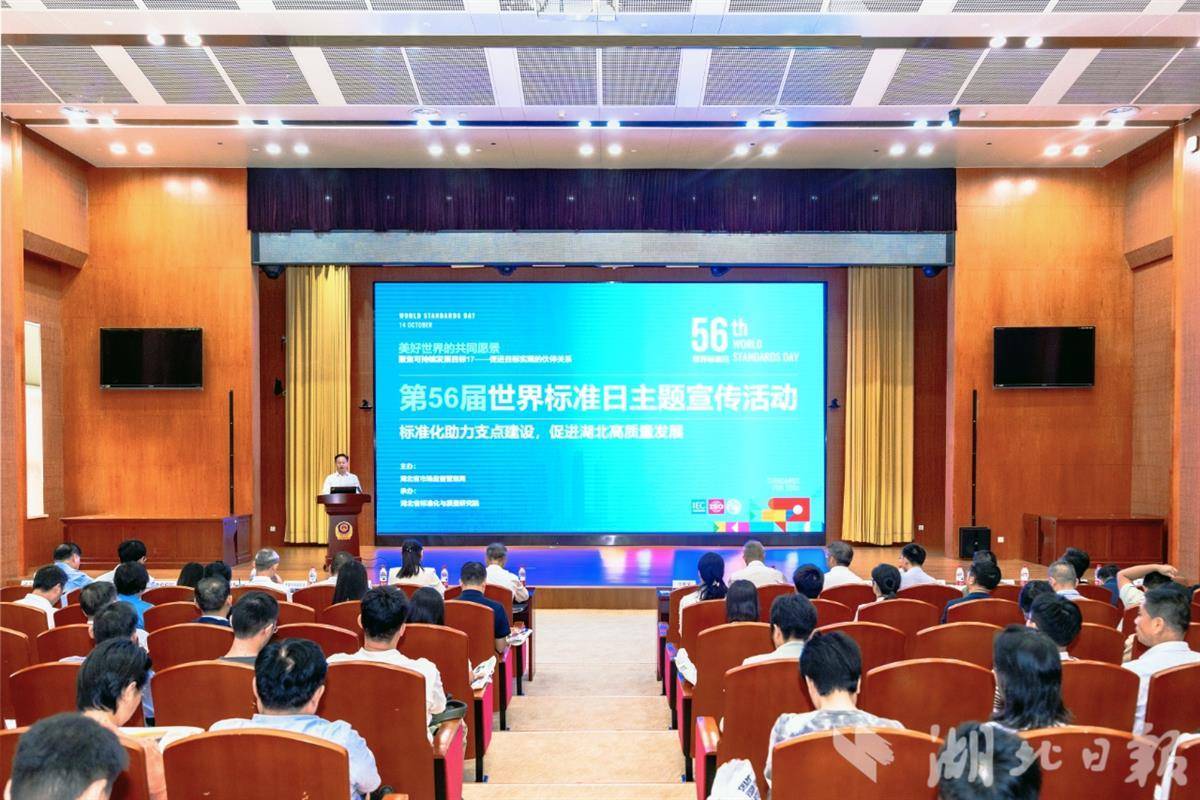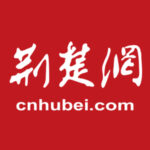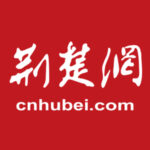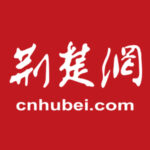Did you know? Enterprises and universities in Hubei have participated in the development of over 5,600 national standards and 87 international standards. According to information from the Hubei theme event for the 56th World Standards Day held on October 11, more and more “Hubei standards” are becoming “world rules” across fields from artificial intelligence to 6G networks, from optical communications to electric vehicles.
Standards serve as a “universal language” and function as a “super connector” that enables the smooth flow of goods, capital, and information. They act as an “industrial catalyst,” allowing enterprises to gain a “voice” in industrial competition and enabling both local specialties and high-tech products to grow stronger. Standards pave a “green fast track” by establishing uniform measurements, reducing overall social costs, and ensuring product interoperability, service compatibility, and data connectivity. World Standards Day, observed annually on October 14, highlights the convenience and efficiency brought by this “invisible infrastructure” and encourages the development of more advanced and open standards to address future challenges.
At the event, the Hubei Provincial Market Supervision Administration presented an impressive report card on standardization achievements.
To date, Hubei has led or participated in the development and revision of 87 international standards. Since 2024, organizations in Hubei have contributed to 25 international standard development and revision projects, ranking ninth nationally and first in central China. In cutting-edge technology fields, Hubei has taken the lead by spearheading the development of international standards such as “Artificial Intelligence Training Data Markup Language” and “Semantic Cognitive Network Requirements for Future Networks,” securing rule-making authority in technologies like AI large models and 6G networks.
In terms of national standard contributions, Hubei ranks among the top ten in China. In 2024, Hubei participated in the development and revision of 812 national standards, accounting for 25.7% of the national total, with a cumulative participation of 5,627 standards. From automobiles to drones, from charging stations to 3C digital products, Hubei has undertaken 24 national standard drafting tasks in “two new” fields, promoting industrial upgrading and market integration. In 2024, Hubei’s participation in national standard development and revision mainly focused on automotive, machinery, electronic components, and information technology communications sectors, aligning with the province’s key industrial development priorities. Particularly in the vehicle sector, Hubei participated in 72 national standard development and revision projects, representing 70% of the national standards in this field and ranking among the top nationally, demonstrating Hubei’s strength and foundation as a major automotive manufacturing province.
In 2025, Hubei will provide funding for 10 international standards, 25 national standards, 85 provincial local standards, and 25 provincial professional standardization technical organization projects, covering multiple key areas including high-end manufacturing, green energy, digital economy, and public services.
Event scene
World Standards Day
World Standards Day is an international observance held annually on October 14th to honor the collaborative efforts of the thousands of experts worldwide who develop voluntary technical standards. It was established in 1970 to raise awareness about the importance of standardization for the global economy, safety, and innovation. The day highlights how these shared guidelines ensure compatibility, quality, and efficiency across industries and technologies.
Hubei Provincial Market Supervision Administration
The Hubei Provincial Market Supervision Administration is a government agency responsible for regulating market activities, ensuring fair competition, and protecting consumer rights in Hubei Province, China. It was established as part of China’s administrative reforms to consolidate various regulatory functions, such as commerce and food safety oversight, under a single authority. The agency plays a key role in enforcing laws and maintaining order in the local economy.
Artificial Intelligence Training Data Markup Language
The Artificial Intelligence Training Data Markup Language (AITDML) is not a physical place or cultural site, but a proposed technical specification for structuring data used to train AI models. It was designed to create a standardized format for labeling various data types like text, images, and audio, aiming to improve efficiency and interoperability in machine learning pipelines. While not a historical monument, it represents a significant concept in the development of AI infrastructure.
Semantic Cognitive Network Requirements for Future Networks
This is not a place or cultural site, but a technical concept in computer science and telecommunications. It refers to a set of requirements for future communication networks that need to intelligently understand the meaning (semantics) of data, rather than just transmitting it. The goal is to create more efficient and autonomous networks that can prioritize information and make decisions based on its content and context.
6G networks
6G networks are the envisioned next generation of wireless communication technology, currently in early research and development stages following the global rollout of 5G. While not yet standardized, 6G aims to build upon 5G by offering significantly faster speeds, near-instant latency, and integrating artificial intelligence to potentially enable advanced applications like immersive extended reality and seamless connectivity between the digital and physical worlds.
optical communications
Optical communications is the technology of transmitting information using light, typically through fiber-optic cables. Its modern development began in the 1960s with the invention of the laser, but it became commercially transformative in the 1980s with the deployment of high-capacity, low-loss fiber networks. This technology now forms the backbone of the global internet, enabling the high-speed data transfer that powers modern telecommunications.
electric vehicles
Electric vehicles are not a physical place or cultural site, but a mode of transportation technology. Their history dates back to the 19th century, but they saw a major decline with the rise of gasoline-powered cars before experiencing a modern resurgence in the 21st century. This revival is driven by advancements in battery technology and a global push for sustainable energy to reduce environmental impact.
3C digital products
“3C digital products” is not a specific place or cultural site, but a commercial industry category originating in China. The term “3C” stands for Computer, Communication, and Consumer Electronics, representing the mass-market electronics sector that expanded globally with China’s emergence as a manufacturing hub. This classification became culturally significant as it defined the retail landscape for modern technology goods, particularly in Asian markets.





